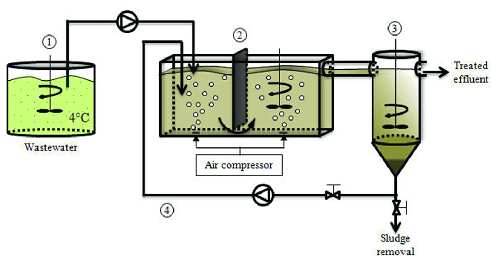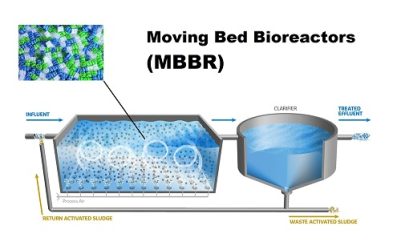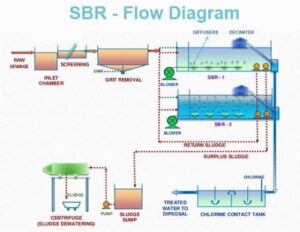Water & Wastewater Process Design


Sewage treatment

Industrial wastewater

Landfill leachate

Stormwater treatment
Water & Wastewater Process Design
Water is a precious resource that is essential for life on earth. Despite its importance, humans have a tendency to waste it. The design of a water waste process is thus important for environmental sustainability. There are several factors to consider when designing such a process, ranging from the type of water source to be treated, the level of purification required, and the intended use of the water.
The first step in designing a water waste process is to evaluate the type of water source to be treated. This can include municipal water, groundwater, surface water, and seawater. Each of these sources has different properties and requires a unique treatment process. For instance, municipal water generally has higher levels of contaminants, such as chlorine and fluoride, compared to groundwater, which is typically cleaner and requires less treatment.
Once the water source has been identified, the level of purification required should be determined. This can vary depending on the intended use of the water. For example, water that is used in industrial processes may require a higher level of purification compared to water that is used for irrigation purposes. Similarly, the level of purification required for drinking water will be higher than that required for non-potable use.
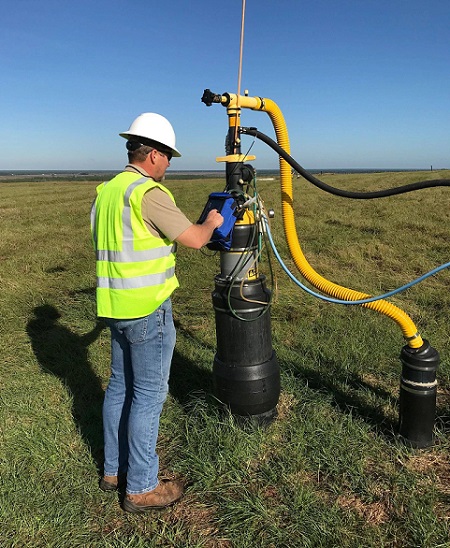
Wastewater Process Advantages
- Reducing impact on the environment by ensuring that harmful pollutants are not released into the environment
- Increased productivity and profitability
- Improved public image
Water and wastewater process design that we provide
Reasons Why You Choose Us To Protect Nature!



Crocus Environmental is an environmental engineering firm established in 2020.

We are a registered engineering firm with Engineers and Geophysicist Manitoba (EGM) and we are licensed and insured to practice engineering in the province of Manitoba.

Our diverse and experienced team is dedicated to providing quality environmental engineering to our clients.

For the past three years, Crocus Environmental has been developing an innovative phytoremediation-based process for leachate treatment.

The first phase of the project was completed in 2021 and the results were satisfactory.
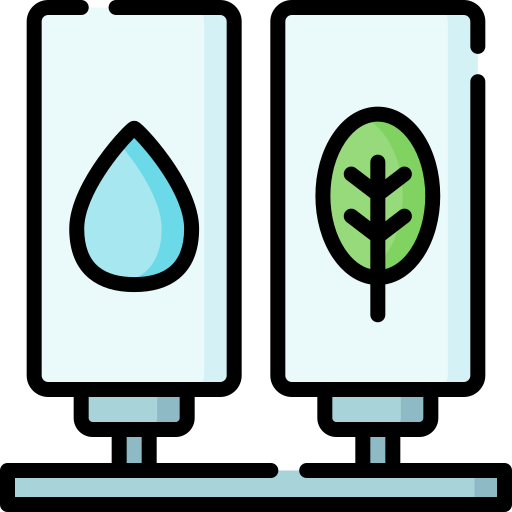
Crocus is currently working with a client to construct a pilot scale process which to test this state-of-the-art leachate specific crop treatment strategy.

